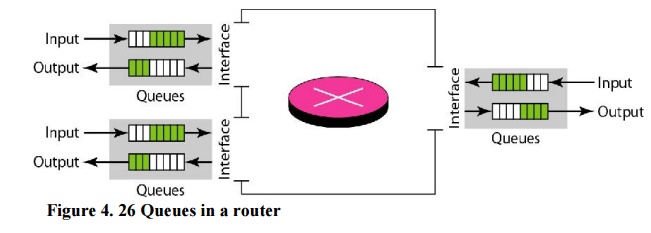Chapter: Computer Networks : Transport Layer
Congestion
Congestion:
1. Prerequisite discussion:
Congestion
control and quality of service are two issues so closely bound together that
improving one means improving the other and ignoring one usually means ignoring
the other. Most techniques to prevent or eliminate congestion also improve the
quality of service in a network.
An
important issue in a packet-switched network is congestion. Congestion in a
network may occur if the load on the network-the number of packets sent to the
network-is greater than the capacity of the network-the number of packets a
network can handle.
Congestion control refers to
the mechanisms and techniques to control the congestionand keep the load below
the capacity. Congestion happens in any system that involves waiting. For
example, congestion happens on a freeway because any abnormality in the flow,
such as an accident during rush hour, creates blockage.

Congestion
in a network or internetwork occurs because routers and switches have
queues-buffers that hold the packets before and after processing. A router, for
example, has an input queue and an output queue for each interface. When a
packet arrives at the incoming interface, it undergoes three steps before
departing, as shown in Figure 4.26.
·
The packet is put at the end of the input queue
while waiting to be checked.
·
The processing module of the router removes the
packet from the input queue once it reaches the front of the queue and uses its
routing table and the destination address to find the route.
·
The packet is put in the appropriate output queue
and waits its turn to be sent. We need to be aware of two issues. First, if the
rate of packet arrival is higher than the packet processing rate, the input
queues become longer and longer. Second, if the packet departure rate is less
than the packet processing rate, the output queues become longer and longer.
Related Topics